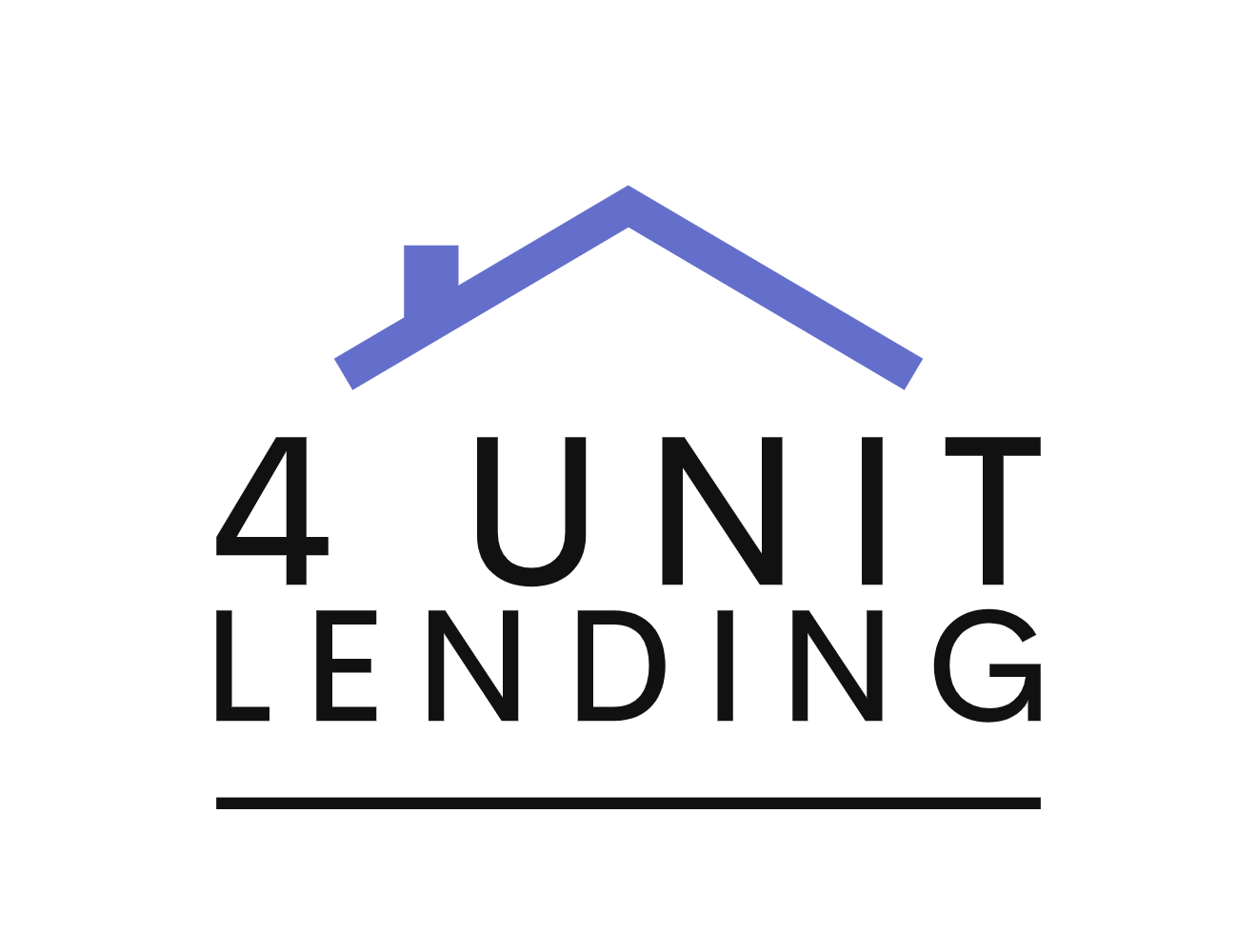Rental properties have historically been an attractive investment for those looking for steady cash and long-term growth. The rise of new homes built for rental use, known as build-to-rent (BTR), created another rental product for a previously under-served market. Given national housing shortages and shifting societal trends, BTR investments enjoyed a surge in demand over the last few years.
However, the rapid rise of interest rates may have you wondering – is BTR still a viable investment? We’ll explore the opportunity set for BTR in this challenging funding environment and how you can still build for this expanding asset class.
Tracing the Journey: Build-to-Rent Rise and Driving Forces
Overarching macro trends and societal shifts have driven demand for BTR single-family units. People are delaying marriage, having kids later, and they value renting – not to mention, buying a home has become much less affordable.
According to a RealPage survey of 2,000 multi-family renters ages 55 and younger, with income ranging from $20,000 to $200,000, 44% of respondents indicated a preference for renting versus buying while 51% of Gen Z respondents saw renting as the best option.
Here are a few reasons BTR can be an attractive investment:
Rental premiums – Newly constructed housing demands higher rents than existing units, and if the location is close to commercial services and amenities, you can push rents above comparables.Access to multi-family financing rates – Even though you’re building separate housing units, you can fund with potentially lower rates on loans. Day 1 equity – In a lower interest rate environment, it was possible to partner with a home builder to sell units in bulk and knock off 10% of the retail price on day one because the bulk sale eliminated sales, marketing, and some financing costs. Attractive expense ratios – Operators typically have less repair and maintenance costs in a BTR community with brand-new construction. Let’s take a look at expense ratios for the typical single-family scattered site versus a build-to-rent community. Expense ratios also depend heavily on property taxes, but if your typical SFR operating ratio is 40%, in a BTR community it could be 34-35% on a new house. If you have sticky tenants, it could be lower. BTR turnover tends to be lower than SFR and multi-family, and you could easily see a 20% discount from an operating expense perspective.
A Glimpse into the Growth of Build to Rent
Rewind to between 2017 and 2021, when interest rates were considerably lower, and the financial dynamics of BTR were extremely favorable. During the pandemic, there was also an eight-week period where homebuilders panicked and BTR developers got great deals. Then in 2021, rents went up 20% over a span of 12 months, culminating in substantial gains for investments that had stabilized by then. By that point, many funds were flush with cash and raised significant amounts for BTR. Some single-family operators were outbuilding home builders on land purchases by 30%, and some of those deals were only saved by the rapid rent appreciation.
Navigating Choppy Waters: The Impact of Rising Interest Rates
Since then, the entire real estate sector has been grappling with the ramifications of a rising rate environment. The surge in the cost of capital has introduced new challenges, requiring a reevaluation of investment approaches.
BTR: Who Thrives in the Current Climate?
The BTR model works for those with a strong land cost basis. It also works for those creating value through land entitlements or by strictly controlling costs.
Your investment objectives also matter.
Legacy investors with long-term patient capital who are making a macro bet on rental housing may continue to enter the market. It may make sense to continue adding a few extra thousand units in this environment. For example, MetLife Investment Management announced it’s getting into the single-family rental business, predominantly in the BTR space.
For groups driven by Internal Rate of Return (IRR) or operators with promote structures or stringent profit timelines, the landscape is more speculative.
Strategies for Success: Finding the Right Fit
Success in the current BTR climate hinges on strategic positioning and efficient operations. Groups that have secured a favorable land cost basis or have added value and cost control are poised to thrive. Here are some strategies that can help:
Secondary and tertiary markets – Markets in the Midwest can present golden opportunities for savvy investors. Willingness to venture into markets with higher natural yields, though potentially slower growth trajectories, can still yield lucrative returns. These markets, while not large enough to attract institutional capital, have the potential to generate substantial success, even in today’s climate.Find distress – Some deals may have the opportunity for rescue capital for those bought when they shouldn’t have. Visit a city or suburban building department to review the BTR project pipeline. Identify permitted buildings with no progress. Reach out to sponsors of those projects. Discuss their goals and potential collaboration opportunities.
The only caveat is that some of those deals might be so underwater that they wouldn’t work.Optimize exits – Homebuilders are still selling gangbusters because interest rates are so high and overall housing inventory is so low. You may be able to sell to a home builder to exit a deal profitably if your basis is low enough.Steer clear of negative leverage – Don’t speculate and enter a project with negative leverage, where your cash-on-cash return is less than if you bought without debt.
Although the build-to-rent model faces challenges in the current economic climate, it still has long-term opportunities. Investors succeed in build-to-rent with strategy and market knowledge. They find opportunities by exploring untapped potential.
How Dominion Can Help
Ready to invest? Dominion offers ground-up construction financing for residential real estate developers. From traditional single-family to multifamily, scattered site, and subdivisions, we’ve got you covered with up to 90% LTC on shovel-ready projects. We’ve never missed a closing date while funding over 10,000 loans with over $2.5 billion. Contact us today to get prequalified.

